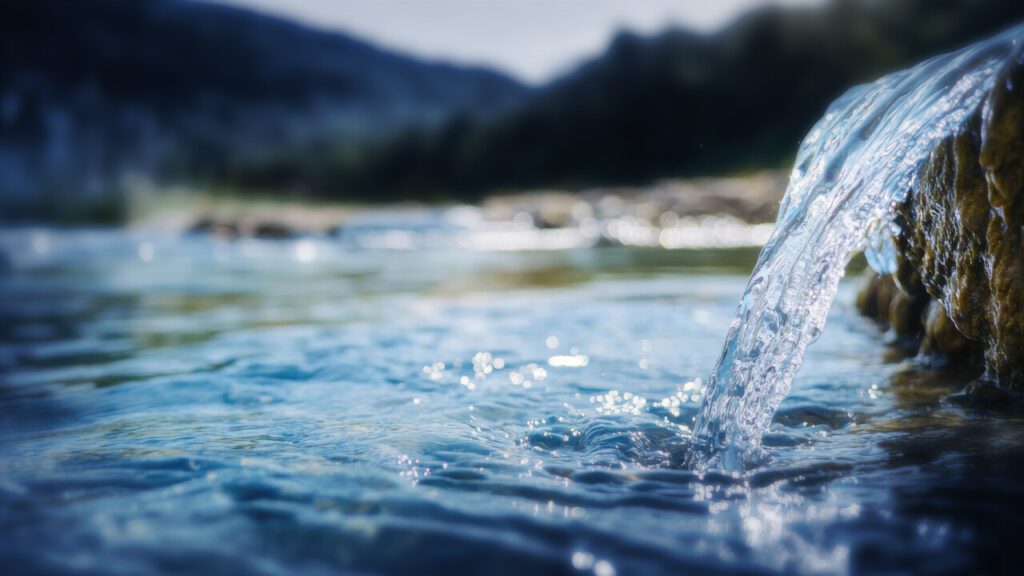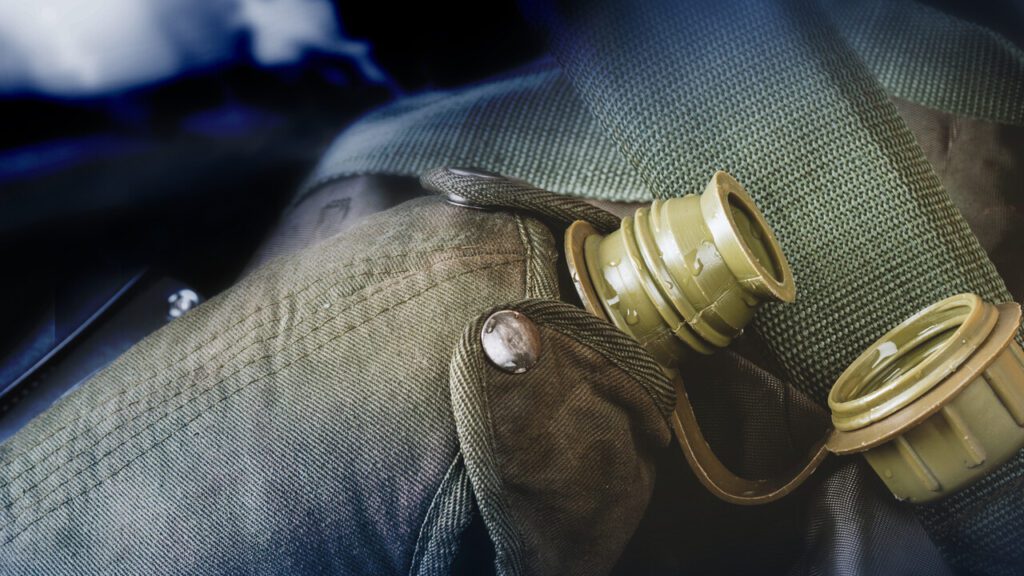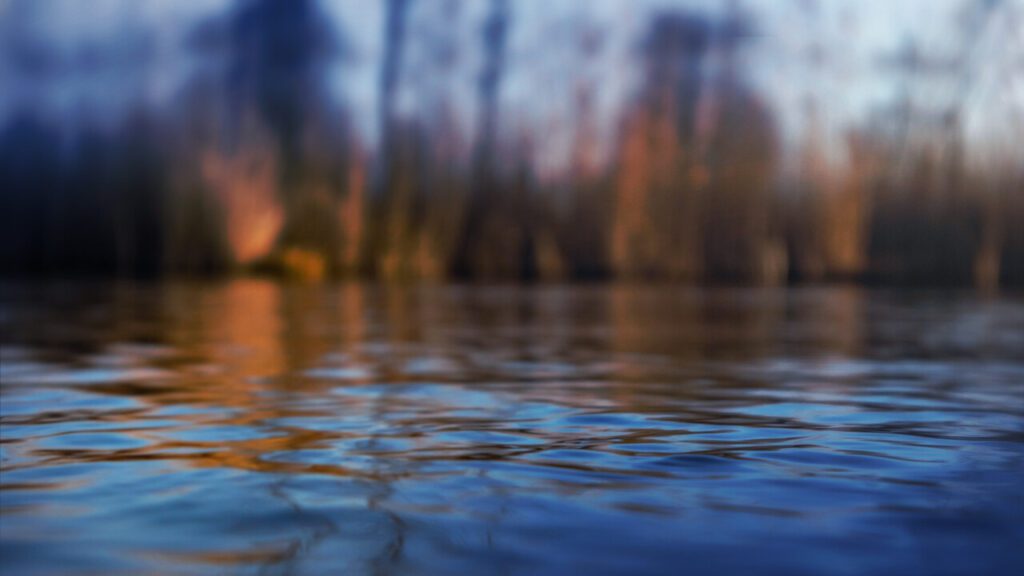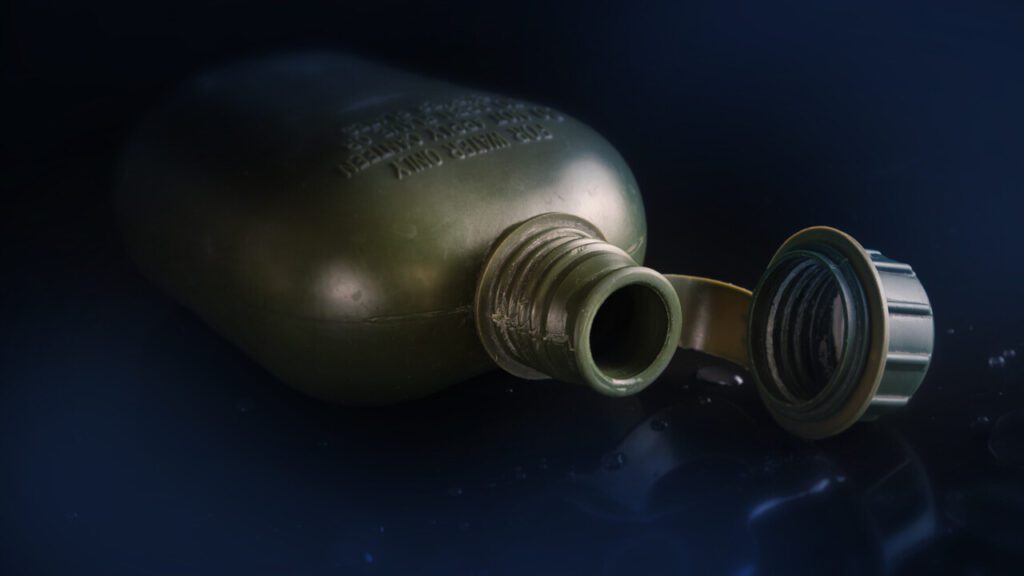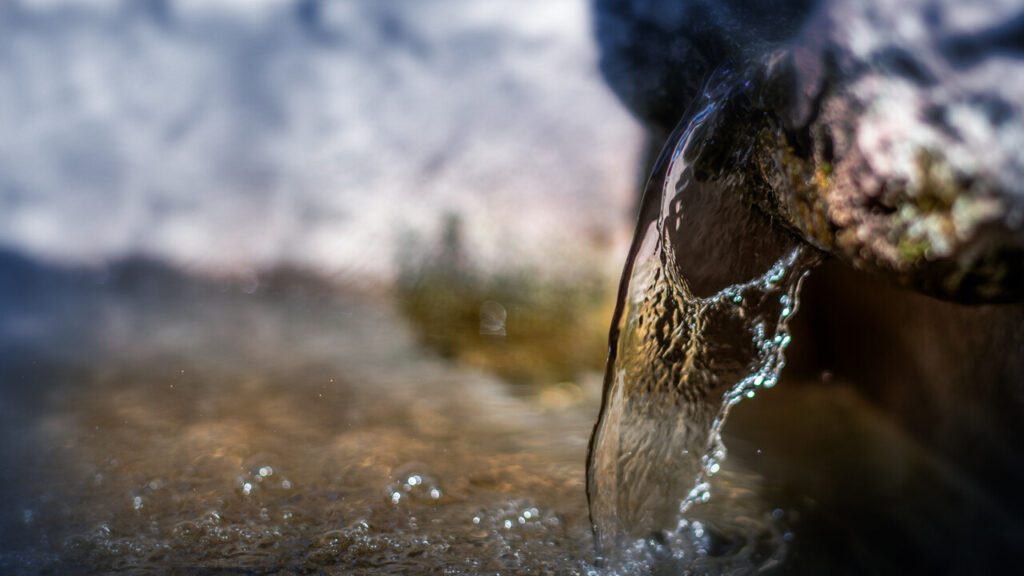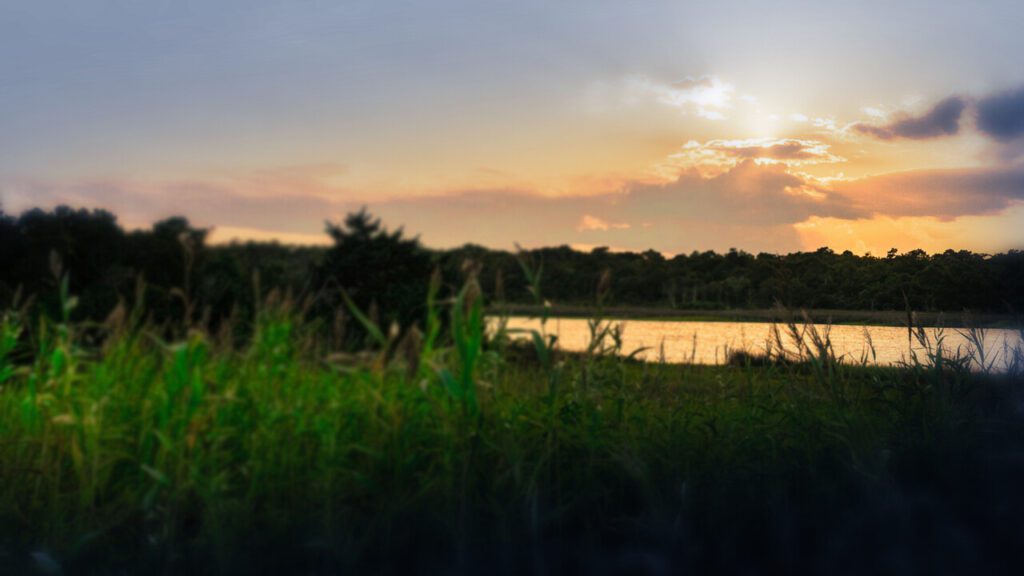
Looking Ahead, What’s Next in the Camp Lejeune Litigation?
Once an Administrative Claim has been filed with the Judge Advocate General’s Office (JAG), JAG has 180 days to review and either accept or deny the claim. If a claim is denied by JAG, claimants have the option to file a civil lawsuit in the Eastern District of North Carolina for injuries sustained as a result of exposure to the contaminated water. The lawsuit must be filed within 180 days after the claim is denied.
The Department of the Navy and the Department of Justice are taking steps to speed up the settlement process for claims under the Camp Lejeune Justice Act. With over 550,000 claims filed, they have identified the main issues causing delays and are now implementing strategies to make the process faster and more efficient. This means quicker settlements and offers for those affected.
We are committed to supporting you throughout the Camp Lejeune litigation process. Our involvement spans all levels, from investigating and preparing administrative claims to filing suits and managing settlements. Additionally, Rhon Jones, also serves on the Plaintiff’s Executive Committee for the Camp Lejeune Litigation.

Overview of the Camp Lejeune Litigation
The Camp Lejeune military training facility was established in 1942 in Jacksonville, North Carolina. It’s become one of the Marine Corp’s busiest and largest bases. But from 1953 to 1987, toxic chemicals seeped into people’s everyday lives on base.
Experts believe multiple sources contaminated groundwater near Camp Lejeune, tainting the base’s water supply. Those sources include:
- spills at industrial sites on base,
- leaking storage tanks and dumps and storage lots, and
- an off-base dry cleaner’s improper dumping.
While it is unknown exactly when the contamination began, the U.S. government acknowledges that from 1953 to 1987, more than a million Marines and their family members who lived on Camp Lejeune and civilians who worked on base were exposed to these hazardous chemicals in the water supply. The chemicals are linked to numerous serious and life-threatening health hazards.
President Biden signed the Camp Lejeune Justice Act on Aug. 10, 2022. The Act is part of the broader Honoring our PACT Act legislation. It allows victims to file civil Camp Lejeune water contamination lawsuits in federal court within two years of that date to receive compensation for their injuries separate and distinct from Veteran’s Administration (VA) benefits.
The Camp Lejeune Justice Act
The Camp Lejeune Justice Act provides an opportunity for anyone, who lived or worked at the base for more than thirty days between Aug. 1, 1953, to Dec. 31, 1987, and was exposed to the contaminated water on base resulting in injuries, to file a claim against the U.S. government.
Without this bill, military personnel and civilians who suffered severe health issues due to exposure to Camp Lejeune’s contaminated water supply would not be able to seek compensation for their injuries. North Carolina’s statute of repose limits individuals to bring suit within ten years. However, the Camp Lejeune Justice Act removes this strict statute of repose for these cases so that they can be fairly heard on their merits.
Camp Lejeune Plaintiffs’ Counsel Updates
Meet Our Camp Lejeune Attorneys
Related News
Camp Lejeune Status Report From Plaintiffs’ Leadership
Below is the April 8, 2025, report on the status of the Camp Lejeune Water…
Camp Lejeune: Preparing For Proceedings
Beasley Allen has been at the forefront of the Camp Lejeune Litigation. We have filed…
Camp Lejeune Claims: The Next Phase
As of August 10, 2024, the deadline for filing claims under the Camp Lejeune Justice…
The Final Countdown for Camp Lejeune Claims
If you or a loved one have been affected by the toxic exposure at Camp…
Countdown Continues, Camp Lejeune Litigation Updates
As the Camp Lejeune litigation progresses, the deadline to file looms- August 10, 2024. This…
Camp Lejeune Update: Discovery in Track 1 Discovery Pool Plaintiffs has begun
On September 26, 2023, the Court issued Case Management Order No. 2 (CMO2) and its…





